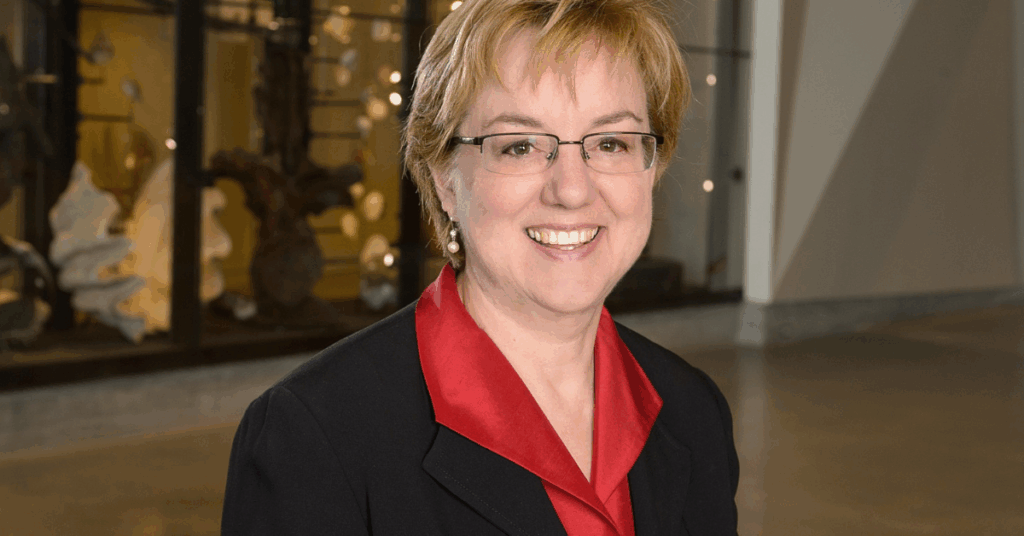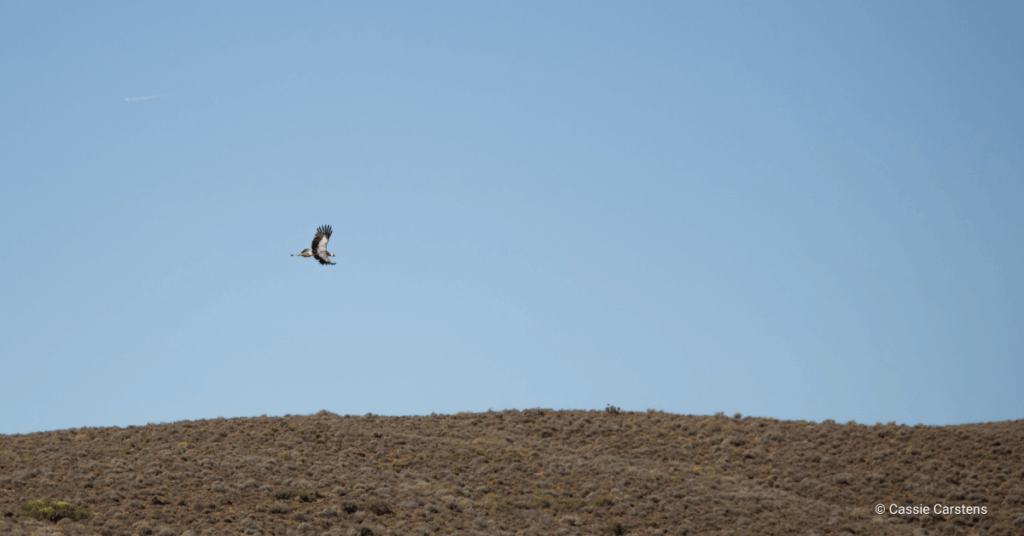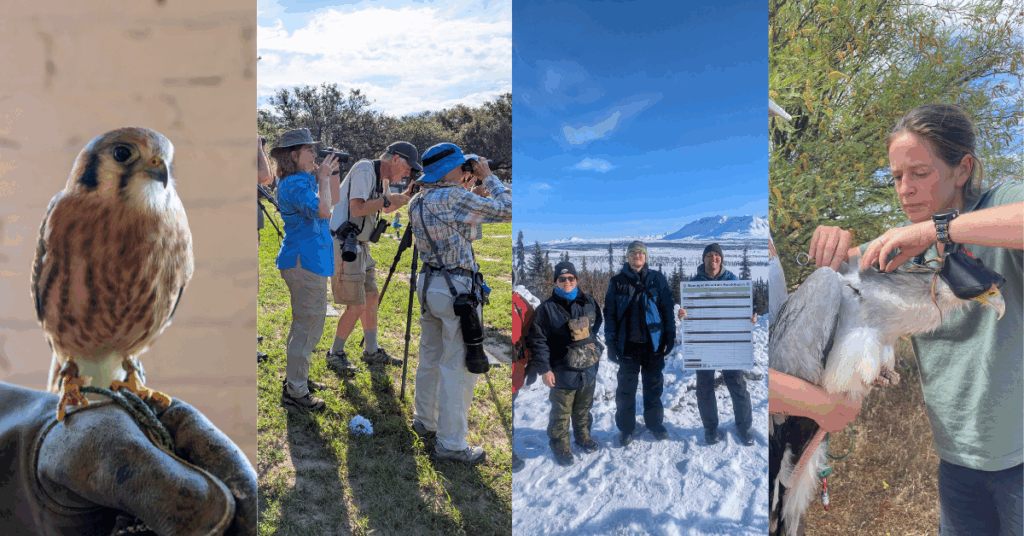We recently received an Ask An Expert submission from a photographer in Virginia who happened upon the following: four Cooper’s Hawks in juvenile plumage were together on a branch, but there were notable differences between them. Three had grayish-green eyes, relatively short tails, and one of the three had a bit of down on its head. The fourth had a yellow eye, a longer tail, and appeared to be sharing food with the others. Another Cooper’s Hawk in adult plumage with a deep red eye was perched nearby. So what was going on?
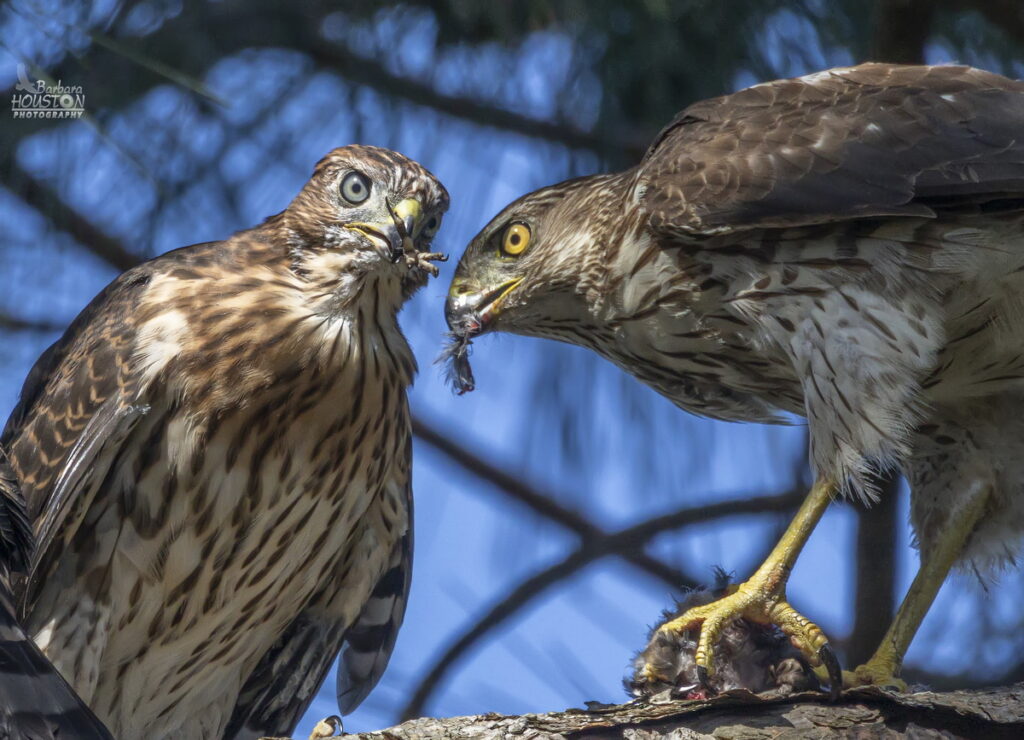
Most medium to large hawks in North America become breeders in their third calendar year of life. They fledge from the nest with juvenile plumage in their “hatch year.” Through spring and summer of the next year, they molt into adult plumage and their eye color usually changes. In the case of Coops, their eyes go from grayish-green to yellow to orange or red as they age. Once their new appearance is complete, usually by fall, it sends a clear signal to others in the species that they’ve reached “adulthood” and should be considered as potential mates. Should that happen, the next nesting cycle arrives the following spring when the bird is now in its third calendar year of life. But it doesn’t always sequence that way…
Although a bird in its second year of life might appear to be a “juvenile,” it doesn’t mean it’s not sexually mature enough to form a pairing that produces fertile eggs. For various reasons, sometimes second year hawks become active breeders. Although uncommon, when it does happen, the younger mate is almost always a female. The yellow-eyed Coop feeding fledglings in these photos was noted as being larger than the perched adult, so presumably, that’s the case here (female Coops being larger than males).
There are only so many territories and so many birds on a given landscape. Adult males generally hold a territory and then try to attract a mate. Perhaps there was a shortage of older females in this male’s territory. Maybe he’s young and inexperienced himself and found this willing second year mate after being unable to attract an adult plumaged female. Who’s to say what brought them together… but it’s certainly an interesting situation accompanied by great photos!
Photo credits: Barbara Houston barbarahoustonphotography.com
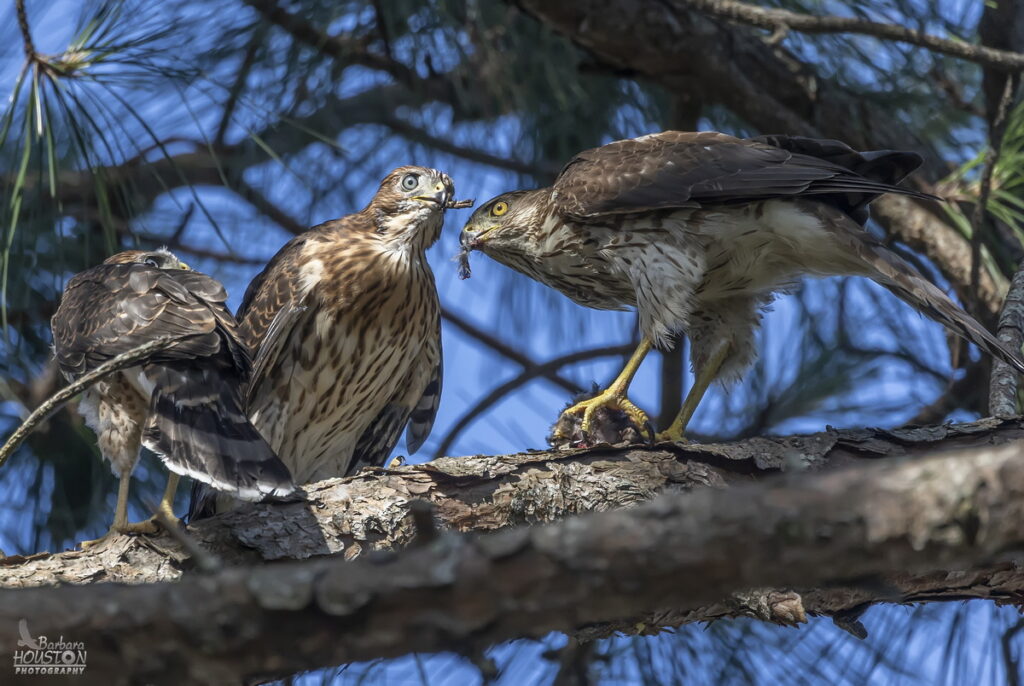
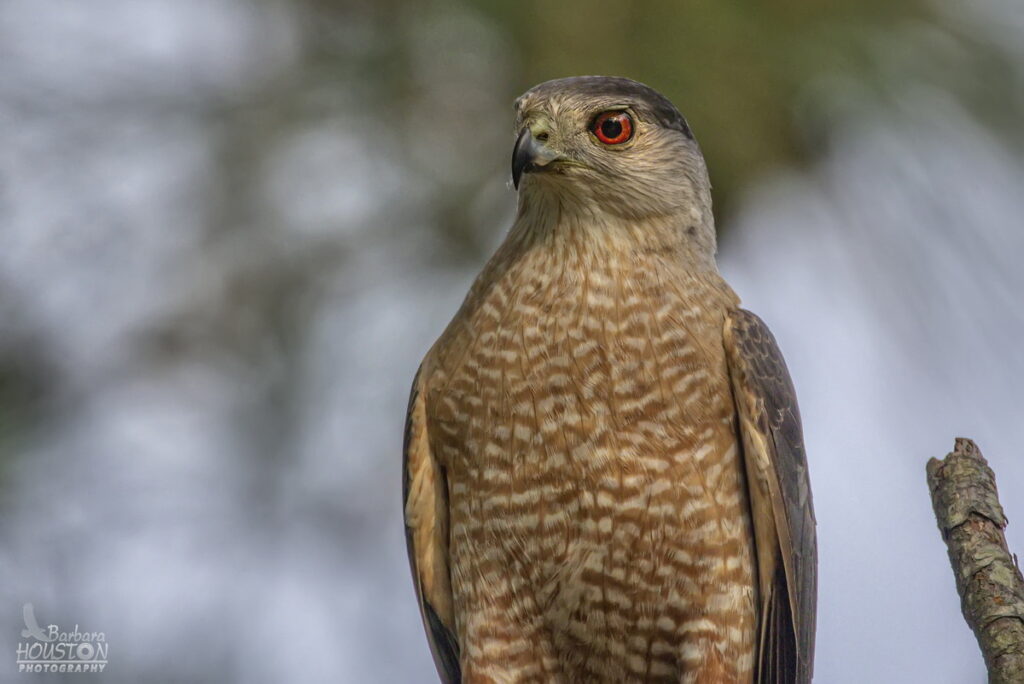
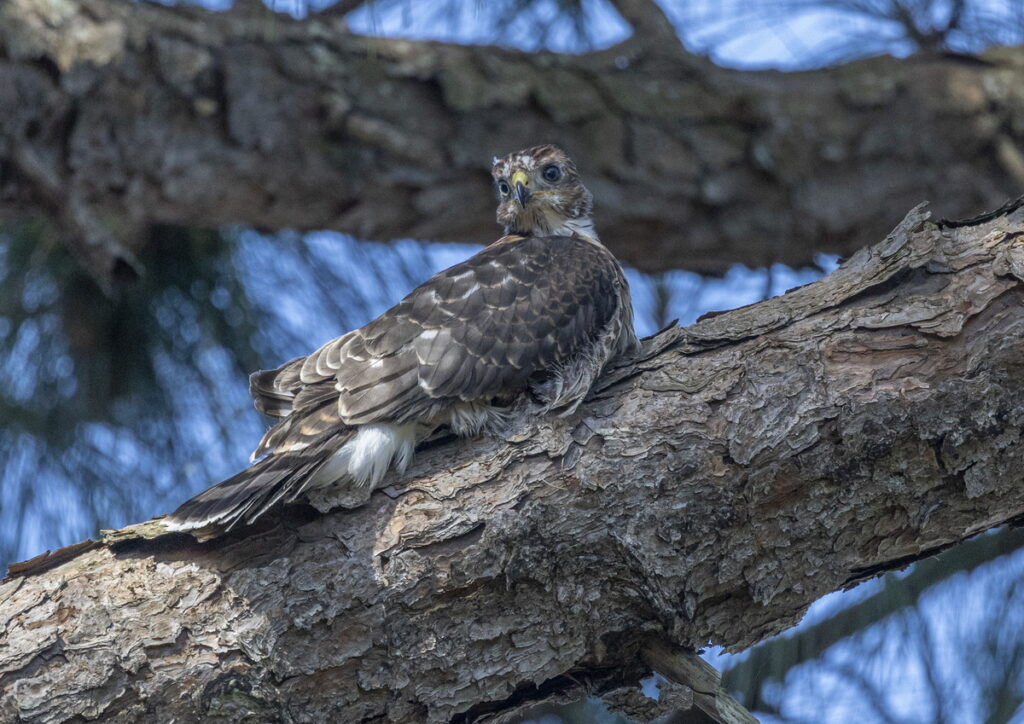
This blog was written by Mike Shaw, Secretary of the Board of Directors. You can learn more about Mike here.

